Introduction to Price Marketing Campaigns
Price marketing campaigns are strategic initiatives designed to influence consumer perceptions, drive sales, and enhance brand positioning through targeted pricing strategies. These campaigns leverage various pricing techniques, such as discounts, promotions, and dynamic pricing, to attract customers and maximize revenue.
Effective price marketing campaigns in today’s competitive market go beyond simply setting a price point; they involve understanding customer behavior, market trends, and the competitive landscape. Businesses can develop campaigns that resonate with their target audience by analyzing consumer demand, cost structure, and perceived value.
A well-executed price marketing campaign can significantly impact consumer buying decisions, creating a sense of urgency or highlighting the value proposition of a product or service. For instance, limited-time offers or seasonal sales can encourage customers to make purchases they might otherwise postpone.

Moreover, price marketing campaigns can help establish brand identity, differentiate products from competitors, and reinforce customer loyalty. By aligning pricing strategies with broader marketing goals, businesses can effectively communicate their value to consumers, ensuring long-term success in a dynamic marketplace. Understanding the principles of price marketing campaigns is crucial for any company looking to optimize its pricing strategy and enhance overall market performance.
1. Apple – Premium Pricing Strategy
Apple’s premium pricing strategy is a hallmark of its marketing approach, reflecting the brand’s commitment to quality, innovation, and exclusivity. By setting higher prices for its products, Apple positions itself as a luxury brand in the technology market, appealing to consumers who value superior design, cutting-edge technology, and a premium user experience.
This strategy allows Apple to maintain high-profit margins while creating an aspirational allure around its products. The brand’s focus on quality and unique features—such as seamless integration across devices, a robust ecosystem, and distinctive aesthetics—justifies the higher price point in the eyes of consumers. Moreover, Apple often employs strategic marketing campaigns emphasizing its innovative products, reinforcing their premium status.
Additionally, Apple’s premium pricing creates a sense of exclusivity and desirability, making its products sought after and highly regarded. This approach fosters brand loyalty among existing customers and attracts new consumers who aspire to own Apple products as symbols of status and sophistication. Overall, Apple’s premium pricing strategy has been instrumental in establishing its dominance in the tech industry and cultivating a strong, loyal customer base.
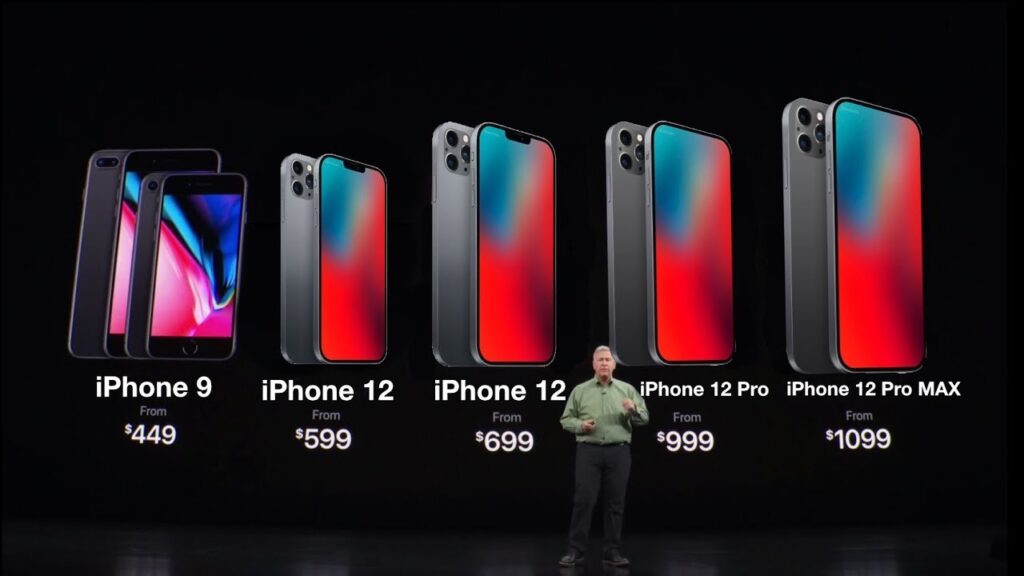
2. IKEA – Economy Pricing Strategy
IKEA’s economy pricing strategy is a key component of its business model, designed to make stylish and functional home furnishings accessible to a wide range of consumers. By keeping prices low while maintaining quality, IKEA attracts budget-conscious shoppers, including students, families, and first-time homeowners, who seek affordable yet attractive solutions for their living spaces.
This pricing strategy is achieved through several operational efficiencies. IKEA employs a cost-effective supply chain, utilizing flat-pack shipping to minimize transportation costs and reduce storage space. Additionally, the brand’s focus on self-service in its stores allows customers to pick up and assemble their furniture, further lowering overhead costs and enabling IKEA to pass these savings on to consumers.
By offering a diverse range of products at competitive prices, IKEA effectively positions itself as a leader in the home furnishings market. The economy pricing strategy not only drives sales volume but also fosters brand loyalty, as customers appreciate the value, they receive without sacrificing style. Ultimately, IKEA’s approach ensures that quality design is within reach for everyone, solidifying its reputation as the go-to destination for affordable home solutions.
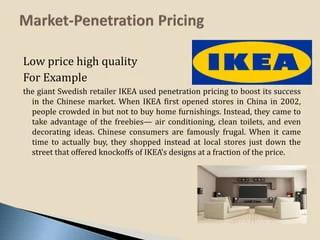
3. Amazon – Dynamic Pricing Strategy
Amazon’s dynamic pricing strategy is a sophisticated approach that allows the company to adjust prices in real time based on various factors, such as demand fluctuations, competitor pricing, and customer behavior. This strategy enables Amazon to remain competitive in the ever-changing e-commerce landscape while maximizing profits and optimizing inventory levels.
By leveraging advanced algorithms and data analytics, Amazon continuously monitors market trends and user interactions, allowing for rapid price adjustments. For example, during high-demand periods, such as holidays or special sales events, prices may increase, while prices may decrease during slower sales periods to stimulate demand. This flexibility helps Amazon respond to market dynamics efficiently, ensuring they attract customers at the right price point.
Dynamic pricing not only benefits Amazon by enhancing its revenue potential but also provides consumers with a personalized shopping experience. Shoppers may encounter different prices based on their browsing history or geographical location, making it crucial for them to act quickly to secure the best deals.
Overall, Amazon’s dynamic pricing strategy exemplifies its commitment to innovation and customer-centricity, allowing the company to maintain its leadership position in the competitive e-commerce space while continually optimizing the shopping experience.

4. McDonald’s – Value-Based Pricing Strategy
McDonald’s value-based pricing strategy focuses on offering affordable meal options that provide significant perceived value to customers. By aligning its pricing with the quality and satisfaction of its products, McDonald’s appeals to a broad audience, including families, students, and budget-conscious consumers.
This approach involves understanding customer preferences and the competitive landscape to determine the right price points for its menu items. McDonald’s consistently offers promotions, value meals, and combo deals that enhance the perceived value of their offerings. For example, the “Dollar Menu” and limited-time offers provide customers with the opportunity to enjoy popular items at lower prices, reinforcing the brand’s image as an accessible choice for quick and satisfying meals.
Additionally, McDonald’s employs extensive market research to gauge customer expectations and willingness to pay, ensuring that its pricing reflects the value customers associate with its food and service. This strategy not only drives sales volume but also fosters customer loyalty by delivering consistent quality at a price that feels fair. Ultimately, McDonald’s value-based pricing allows the brand to maintain its competitive edge while serving a diverse clientele across various markets.
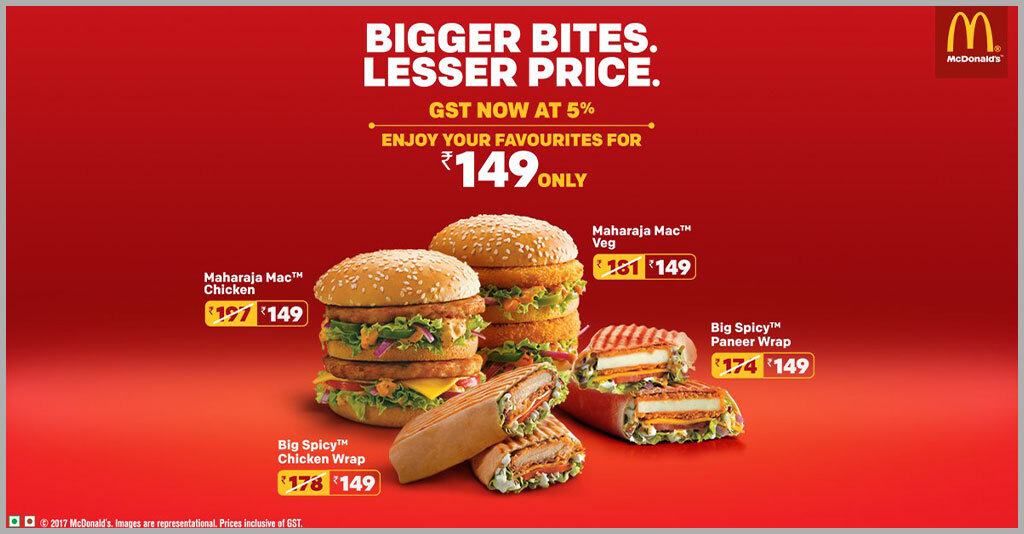
5. Netflix – Freemium Pricing Strategy
Netflix’s freemium pricing strategy allows users to access a limited selection of its content for free, enticing them to explore the platform before committing to a paid subscription. This approach not only increases user acquisition but also helps build brand awareness and loyalty by giving potential customers a taste of the extensive library Netflix offers.
While the freemium model primarily focuses on offering free access to certain shows or films, Netflix strategically showcases its original content and exclusive series to encourage users to upgrade to premium subscriptions for full access. This tactic effectively highlights the value of subscribing, as viewers who enjoy the free offerings are more likely to invest in a subscription to enjoy a broader range of content and features, such as ad-free viewing and the ability to watch on multiple devices.
By leveraging the freemium model, Netflix not only expands its user base but also gathers valuable data on viewer preferences, which can inform future content creation and marketing strategies. This innovative pricing approach has been instrumental in positioning Netflix as a leader in the streaming industry, allowing the platform to continually attract and retain subscribers in a highly competitive market.
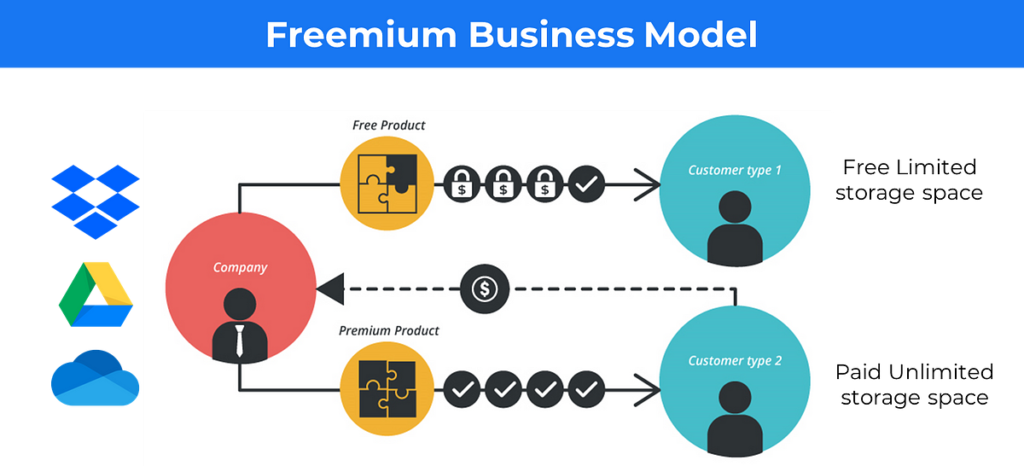
6. Tesla – Price Skimming Strategy
Tesla’s price skimming strategy involves setting high initial prices for its electric vehicles (EVs) when they are launched, targeting early adopters who are willing to pay a premium for innovative technology and unique features. This approach allows Tesla to maximize profit margins during the early stages of a product’s lifecycle, capitalizing on the enthusiasm of customers eager to own cutting-edge vehicles.
As production scales up and competition increases, Tesla gradually lowers the prices of its models to attract a broader customer base. For example, the initial launch of the Tesla Roadster in 2008 catered to affluent consumers, while subsequent models, like the Model 3, were priced more competitively to appeal to the mass market.
By employing price skimming, Tesla not only recoups its substantial research and development costs but also reinforces its brand image as a premium manufacturer of high-performance electric vehicles. This strategy enables the company to invest further in innovation and expansion, ultimately making sustainable transportation more accessible to a wider audience over time. Tesla’s effective use of price skimming has played a crucial role in establishing its dominance in the EV market and solidifying its position as a leader in automotive innovation.

7. Dollar Shave Club – Subscription Pricing Strategy
Dollar Shave Club’s subscription pricing model revolutionized the shaving industry by offering customers a convenient and cost-effective way to purchase razors and grooming products. Launched in 2011, the company provides a variety of subscription plans that allow customers to receive high-quality razor blades and grooming supplies delivered directly to their door regularly, typically monthly.
By implementing a subscription pricing strategy, Dollar Shave Club eliminates the hassle of in-store shopping and helps consumers save money compared to traditional razor brands. The simplicity of their plans, which often start as low as a few dollars per month, makes it easy for customers to choose a package that fits their needs and budget. This approach not only enhances customer convenience but also encourages brand loyalty, as subscribers are less likely to switch to competitors once they’ve committed to a plan.
Furthermore, Dollar Shave Club’s clever marketing and engaging content have played a significant role in building a strong community around the brand. By fostering a direct relationship with its customers through ongoing subscriptions, the company gains valuable insights into consumer preferences and behaviors, enabling them to tailor their offerings and improve customer satisfaction.
Overall, Dollar Shave Club’s subscription pricing model has successfully disrupted the traditional razor market, setting a new standard for convenience and value in personal grooming products.
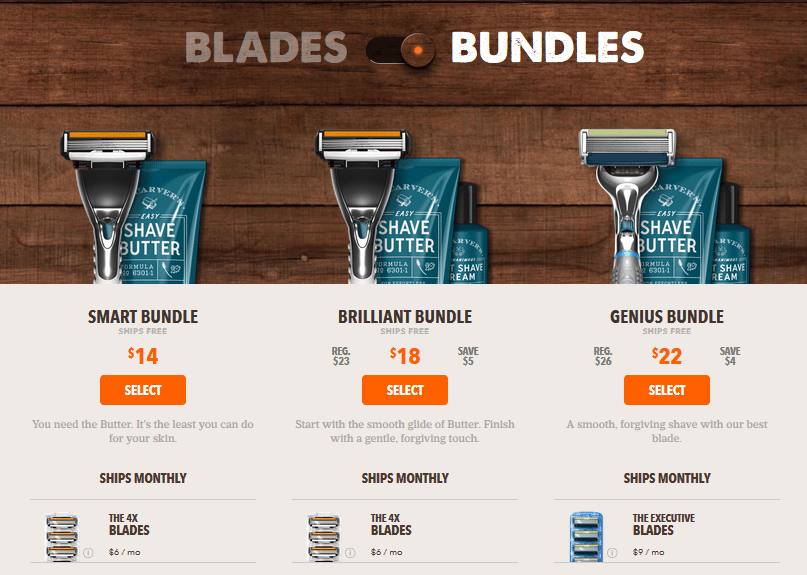
8. Ryanair – Penetration Pricing Strategy
Ryanair’s penetration pricing strategy focuses on attracting a large customer base by offering extremely low fares to penetrate the budget airline market effectively. Since its founding, Ryanair has positioned itself as a leader in the low-cost travel sector by providing affordable flights to a wide range of destinations across Europe.
By initially setting ticket prices significantly lower than those of traditional airlines, Ryanair encourages travelers to choose its services over competitors. This aggressive pricing strategy not only drives high volumes of bookings but also builds brand awareness and loyalty among cost-conscious travelers, including families, students, and business professionals.
As a result of its penetration pricing approach, Ryanair has successfully expanded its market share and established a strong presence in the European aviation industry. Although the airline may eventually adjust its prices as it strengthens its customer base, the initial low fares serve to attract new passengers and stimulate demand in an otherwise competitive landscape.
In addition to low ticket prices, Ryanair generates revenue through ancillary services, such as priority boarding, checked baggage, and in-flight purchases, allowing the airline to maintain profitability even with its low-fare model. Overall, Ryanair’s penetration pricing strategy has proven effective in disrupting the airline industry and making air travel more accessible to millions of passengers.
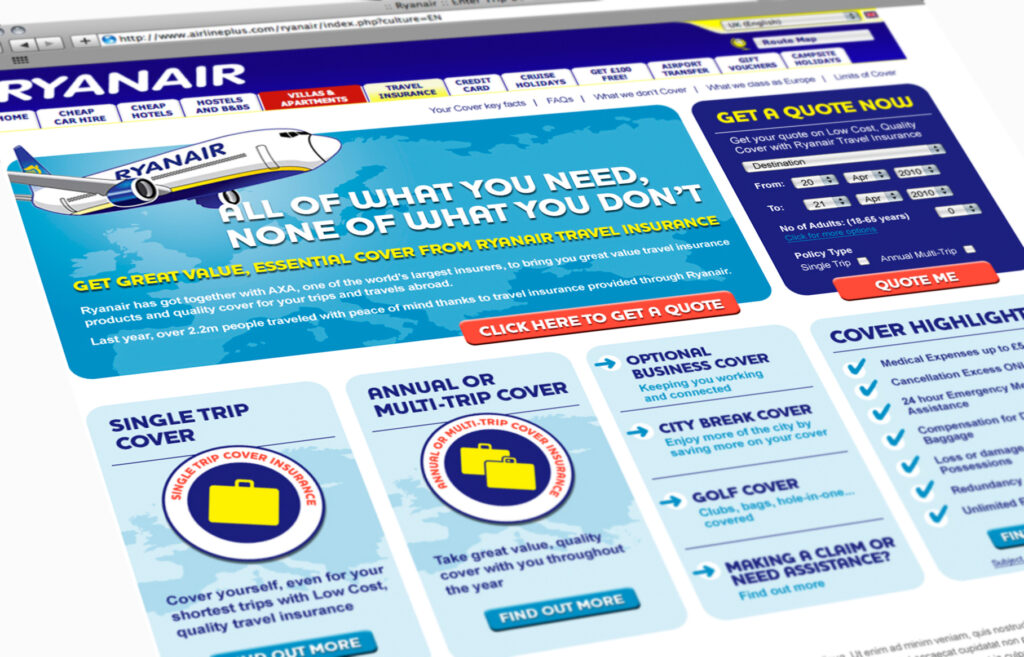
9. Coca-Cola – Psychological Pricing Strategy
Coca-Cola employs psychological pricing as a strategic marketing technique to influence consumer perceptions and encourage purchases. This pricing strategy takes advantage of the psychological impact of certain price points, often setting prices just below whole numbers to create the illusion of a better deal. For instance, a product priced at $1.99 is perceived as significantly cheaper than one priced at $2.00, even though the difference is minimal.
In addition to charm pricing, Coca-Cola also utilizes tiered pricing strategies for its product range, offering various sizes and packaging at different price points to appeal to a wide audience. This allows consumers to choose options that fit their budget while maintaining a perception of value and quality associated with the Coca-Cola brand.
Moreover, Coca-Cola often incorporates promotional pricing strategies, such as discounts or limited-time offers, to create a sense of urgency and entice customers to make a purchase. By strategically positioning its products in this way, Coca-Cola not only boosts sales but also reinforces brand loyalty, as consumers feel they are getting value for their money.
Overall, Coca-Cola’s use of psychological pricing effectively leverages consumer behavior to enhance the buying experience, drive sales, and maintain its status as a leading brand in the beverage industry.
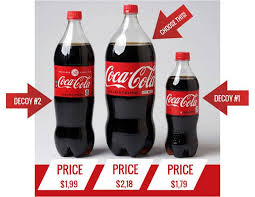
10. Nintendo – Optional Pricing Strategy
Nintendo’s optional pricing strategy allows consumers to customize their gaming experience by offering a range of products and services at varying price points. This approach not only caters to different customer preferences and budgets but also enhances the overall value perception of its gaming systems and software.
One prominent example of optional pricing in Nintendo’s strategy is seen in its console offerings, such as the Nintendo Switch. The company provides different versions of its consoles, including the standard model, the Lite version, and bundles that come with additional accessories or games. This tiered approach enables consumers to choose a product that best fits their needs and budget, whether they want a more affordable, portable option or a full-featured gaming experience.
Additionally, Nintendo often employs optional pricing for its games and downloadable content (DLC). Consumers can choose to purchase standalone games or opt for expansions and in-game purchases that enhance their gaming experience. By allowing players to tailor their spending, Nintendo increases engagement and encourages players to invest in its ecosystem, ultimately driving higher sales and fostering brand loyalty.
Overall, Nintendo’s optional pricing strategy effectively addresses the diverse needs of its customer base while maximizing revenue potential, reinforcing its position as a leader in the competitive gaming industry.
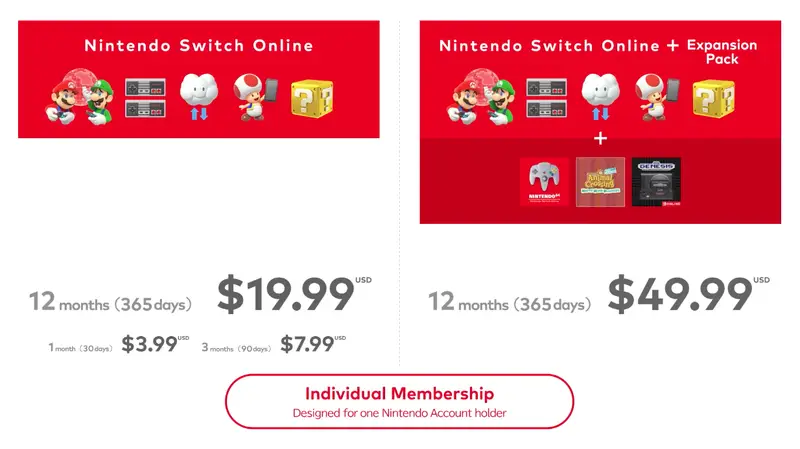
Conclusion on Price Marketing Campaigns
Price marketing campaigns are crucial for businesses aiming to effectively position their products in the marketplace and drive consumer engagement. By employing a variety of pricing strategies—such as psychological pricing, penetration pricing, and subscription models—companies can influence purchasing decisions, enhance perceived value, and foster customer loyalty.
Successful price marketing campaigns are built on a deep understanding of consumer behavior, market dynamics, and competitive landscape. By aligning pricing strategies with consumer expectations and preferences, businesses can not only attract new customers but also retain existing ones, ultimately driving sales and profitability.
As market conditions evolve and competition intensifies, businesses must remain agile and willing to adapt their pricing strategies. Continual analysis of consumer feedback and market trends will ensure that price marketing campaigns remain relevant and effective.
In summary, well-crafted price marketing campaigns play a pivotal role in shaping brand perception, driving revenue growth, and sustaining a competitive advantage in today’s fast-paced marketplace. By focusing on value and strategic pricing, companies can create meaningful connections with consumers and achieve long-term success.
Note –
In today’s global marketplace, every purchasing decision carries weight. As conscious consumers, we have the power to support businesses that align with our values. We encourage you to consider exploring and promoting products that reflect ethical practices and contribute positively to local communities.
In light of the Israel-Palestine conflict, we do not support promoting Israeli products that generate profits used to harm innocent people. Instead, we focus on their product innovation ideas and promotional techniques. How have they captured the global market? How have they influenced consumers to purchase their products over the decades? What marketing strategies have they employed? We encourage new entrepreneurs to study their business and marketing strategies to develop alternative products.
By choosing not to promote Israeli products, you can take a stand for justice and equity, supporting brands and entrepreneurs who prioritize these values. At the same time, this is a call to new entrepreneurs: now is the time to bring your innovative ideas to life! The world needs fresh, ethical alternatives that can compete on the global stage.
If you’re an entrepreneur with a passion for creating products that make a difference, seize this opportunity to fill the gap with your unique offerings. Let’s build a marketplace that celebrates diversity, fairness, and innovation. Together, we can shape a future where our choices reflect our principles and foster a more just and inclusive economy.



